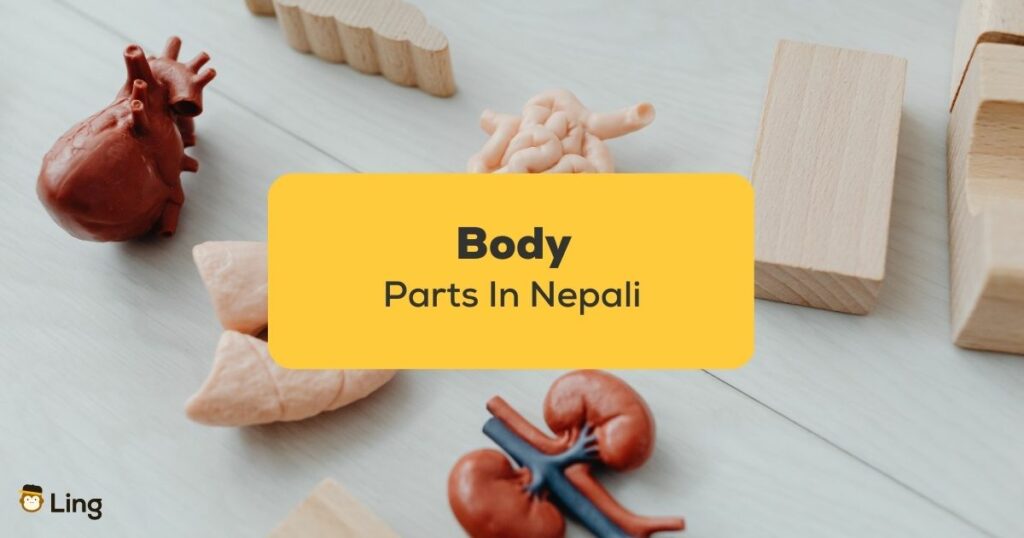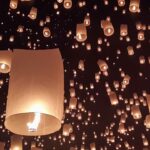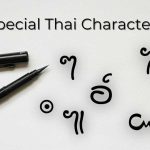Learning the translations for शरीरको अंगहरु (pronounced as Śarīrakō aṅgaharu) or body parts in Nepali can be a challenging task, but an important one. You see, traveling in Nepal is great but in case of emergencies, being able to use the translations in Nepal can make the process of getting medical attention much faster and easier. In order to be prepared, we have compiled a list of the 17 major body parts in Nepali, with their English translations. We have also included pronunciation tips to help you out. Let’s start!
Learning Nepali can be a challenging task, but it is a very rewarding one. Knowing the language can help you better understand Nepal’s culture and customs and build a connection with the locals. It can also open up job opportunities and provide a deeper understanding of the Nepali language, literature, and history. In emergencies, conversing in Nepali can prove invaluable in understanding instructions.
However, we’re not saying you must speak like a native speaker before visiting the country! You can get by without worries by simply learning the basic terminologies, like the body parts! Ready to learn more? Let’s start!
List Of Body Parts In Nepali
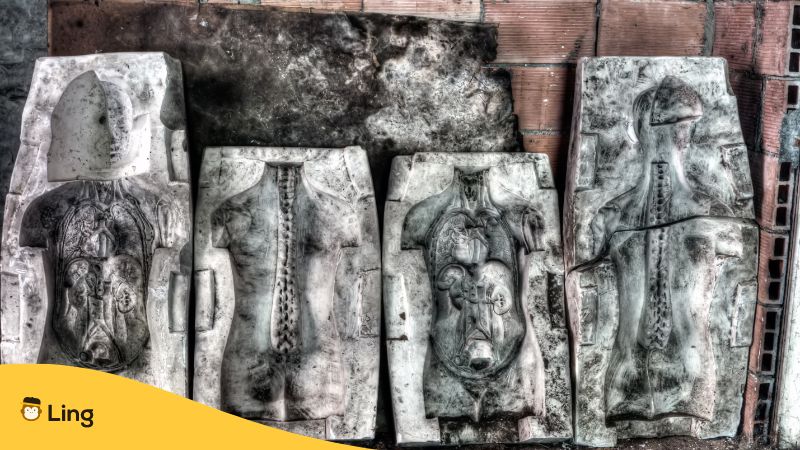
This table provides the translations for the most commonly used body parts in the Nepali language. It includes Nepali and English translations and pronunciation tips to ensure that you can communicate accurately and effectively in emergency situations. With this guide, you will be able to understand the language and culture of Nepal better, and you will be well-prepared for your journey.
| English | Nepali | Pronunciation |
| Head | टाउको | Tauko |
| Neck | घाँटी | Ghamti |
| Chest or Torso | छाती | Chati |
| Legs | खुट्टा | Khutta |
| Hands | हातहरू | Hataharu |
| Feet | खुट्टा | Khutta |
| Ears | कान | Kana |
| Eyes | आँखा | Amkha |
| Nose | नाक | Naka |
| Mouth | मुख | Mukha |
| Jaw | जबडा | Jabada |
| Waist | कम्मर | Kammara |
| Shoulder | काँध | Kamdha |
| Arms | हतियार | Hatiyara |
| Fingers | औंलाहरू | Aunlaharu |
| Nails | नङ | Nana |
| Hair | कपाल | Kapala |
Sense Organs And Body Parts In Nepali
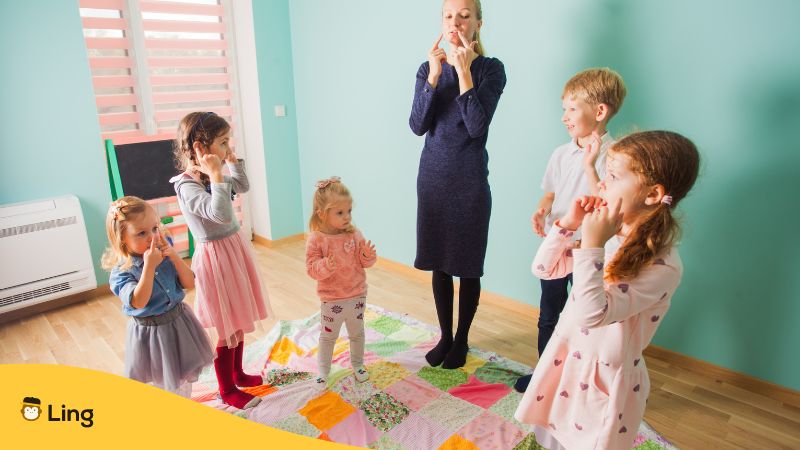
Let’s also look at the body sense and the body parts used for each.
1. दृष्टि (Vision): We use our आँखा “amkha” (eyes) to हेर्नुहोस् “hernuhos” see.
2. स्वर (Hearing): We use our कान “kana” (ears) to सुन्नुहोस् “sunnuhos” hear.
3. गुणाहरू (Smell): We use our नाक “naka” (nose) to गन्ध “gandha” smell.
4. स्वाद (Taste): We use our जिब्रो “jibro” (tongue) to स्वाद “svada” taste.
5. अवरोध (Touch): We use our छाला “Chala” (skin) to महसुस “mahasusa” feel or स्पर्श “sparsa” touch.
Body Systems In the Nepali Language
There are different systems in the human body, and basically, I try to use the famous acronym MR. DICERUNS to remember these systems. We will look briefly into these with a reflection on the body parts in Nepali. As the human body is so intriguing, the organs related to each body system are worth noting. Starting from the brain to teeth, the female uterus and the heart make up the body.
Let’s look at the combination of these and how they fit into the acronym mentioned earlier.
| Body Systems | Body Parts |
| Muscular System मांसपेशी प्रणाली Mānsapēśī praṇālī | Muscles मांसपेशिहरु Mānsapēśiharu |
| Respiratory System श्वसन प्रणाली Śvasana praṇālī | Lungs, Trachea फोक्सो, ट्रेकिआ Phōksō, ṭrēki’ā |
| Digestive System पाचन प्रणाली Pācana praṇālī | Mouth, Pharynx, Esophagus, Stomach मुख, ग्रसनी, अन्ननली, पेट Mukha, Grasanī, Annanalī, Pēṭa Intestines, Liver, Gall bladder आन्द्रा, कलेजो, पित्त थैली Āndrā, Kalējō, Pitta Thailī Abdomen, Appendix पेट, एपेन्डिक्स Pēṭa, Epēnḍiksa |
| Integumentary System इन्टिगुमेन्टरी प्रणाली Inṭigumēnṭarī Praṇālī | Skin, Hair, Nails छाला कपाल नङ Chālā, Kapāla, Naṅa |
| Circulatory/Cardiovascular System परिसंचरण / हृदय प्रणाली Parisan̄caraṇa/ Hr̥daya praṇālī | Heart, Arteries, Veins, Blood हृदय, धमनी, रगत Hr̥daya, Dhamanī, Ragata |
| Endocrine system अन्तःस्रावी प्रणाली Endocrine praṇālī | Thyroid, Pituitary, Adrenal glands थाइरोइड पिट्यूटरी एड्रेनल ग्रंथिहरू Thā’irō’iḍa, Piṭyūṭarī, Eḍrēnala, Granthiharū |
| Reproductive System प्रजनन प्रणाली Prajanana praṇālī | Uterus, Ovaries, Fallopian tubes गर्भाशय अंडाशय फलोपियन ट्यूब Garbhāśaya, Aṇḍāśaya, Phalōpiyana Tyūba |
| Urinary System मूत्र प्रणाली Mūtra praṇālī | Kidneys, Bladder मृगौला, मूत्राशय Mr̥gaulā, Mūtrāśaya |
| Nervous System तंत्रिका तंत्र Tantrikā tantra | Brain, Nerves मस्तिष्क, तंत्रिका Mastiṣka, Tantrikā |
| Skeletal System कंकाल प्रणाली Kaṅkāla Praṇālī | Bones हड्डीहरू Haḍḍ’̔īharū |
Cultural Aspects Of Body Parts
There are some things to note about the Nepali culture before you go ahead and try out these newly found words! Firstly, avoid pointing at body parts. Pointing is rude in Nepal, so use your hands to gesture instead. Also, try to use formal language when talking about body parts. Also, remember to avoid using slang words or terms that may be considered informal. It is very impolite!
Respect different religious beliefs when talking about body parts. For example, some Nepali Hindus may not talk about certain body parts due to their religious beliefs. However, it may be considered pardonable as a foreigner or non-Nepali. Yet, being culturally aware and respectful of religious views is always good.
Lastly, be aware of personal space. This tip is helpful for almost every culture. When talking about body parts, maintain a comfortable distance from the other person.
Learn Nepali Through Ling
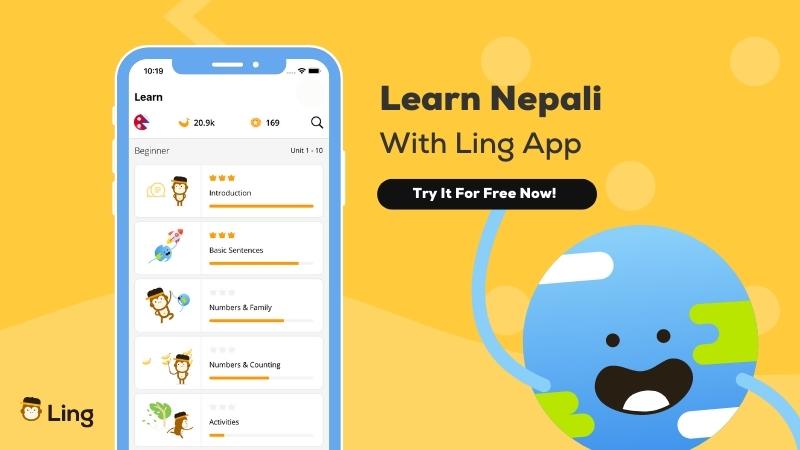
The intention of this article was not to give an anatomy lesson. In truth, it was to help you dive into the beautiful language of Nepali and understand a bit more about the parts of the body. If you enjoyed this post and figured you’d like to learn more, then try out Ling!
This extraordinary app provides a range of valuable lessons to learn Nepali. It has topics related to the culture too. It also has a fantastic feature – a chatbot! You can finally simulate conversations with it while working on your pronunciation and accent. Furthermore, you can download the initial lessons for FREE and learn offline. There is also the option to make it as personalized as you wish – your way, your time, your style, and your interests! What more do you need to get started? Try the Ling app today! Find us at the Apple Store or the Google Play Store now.
